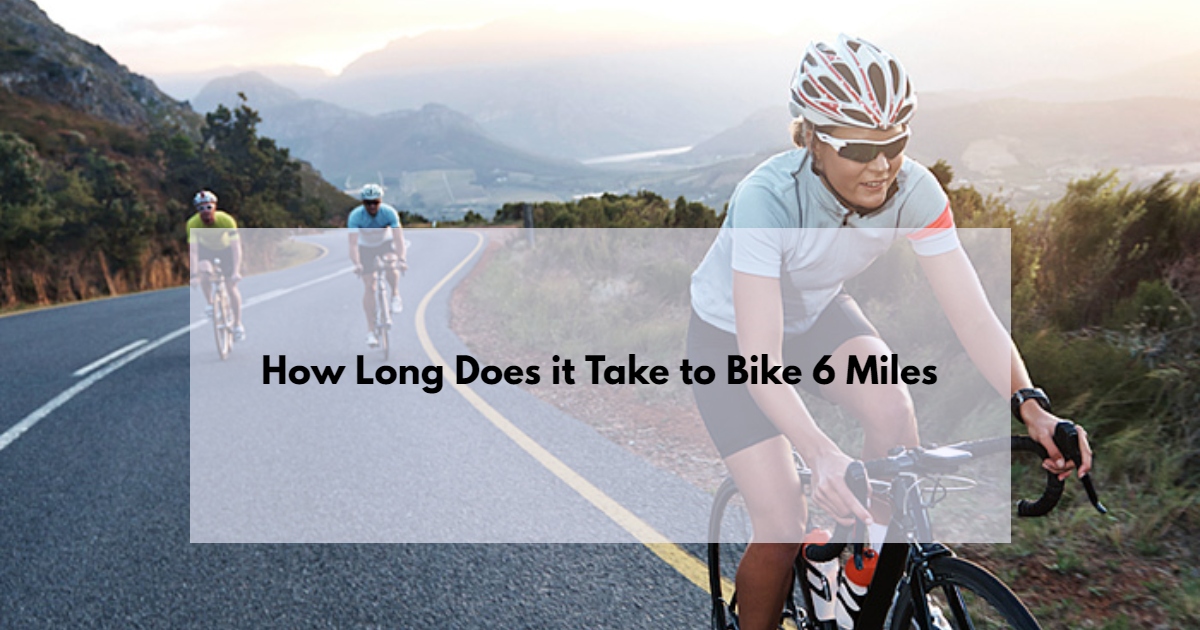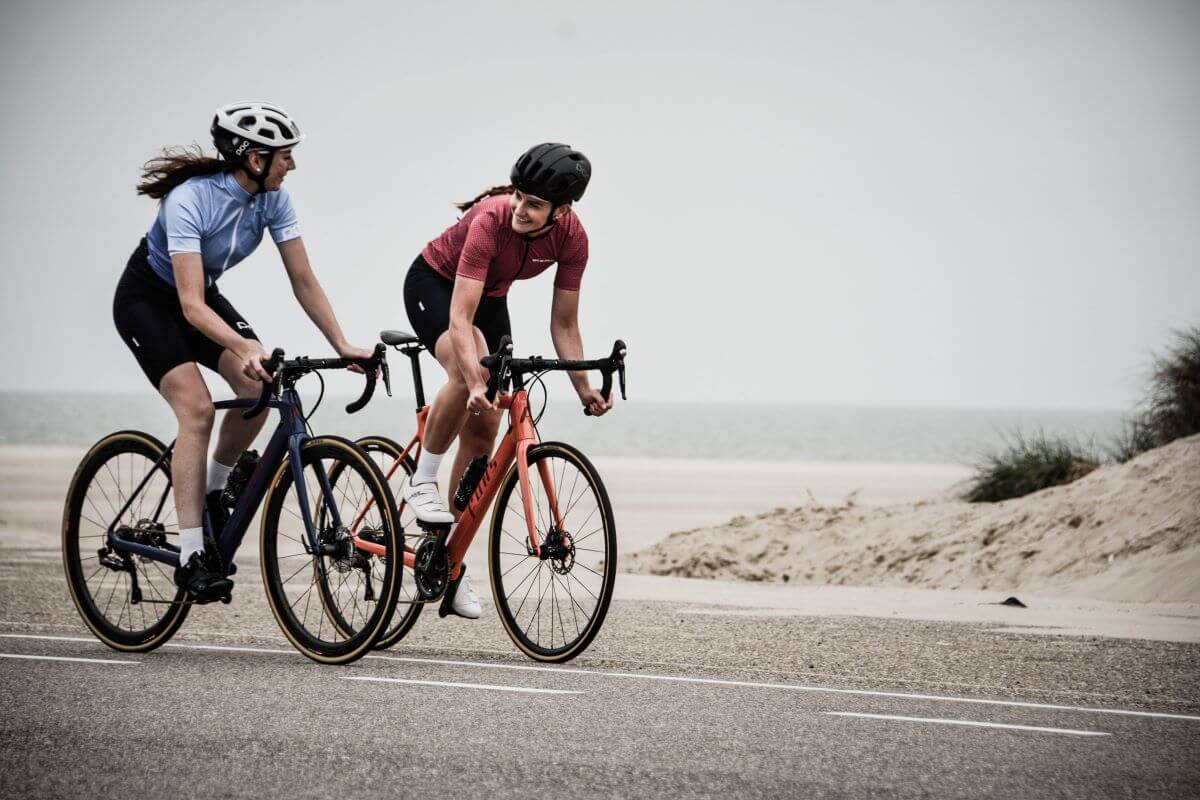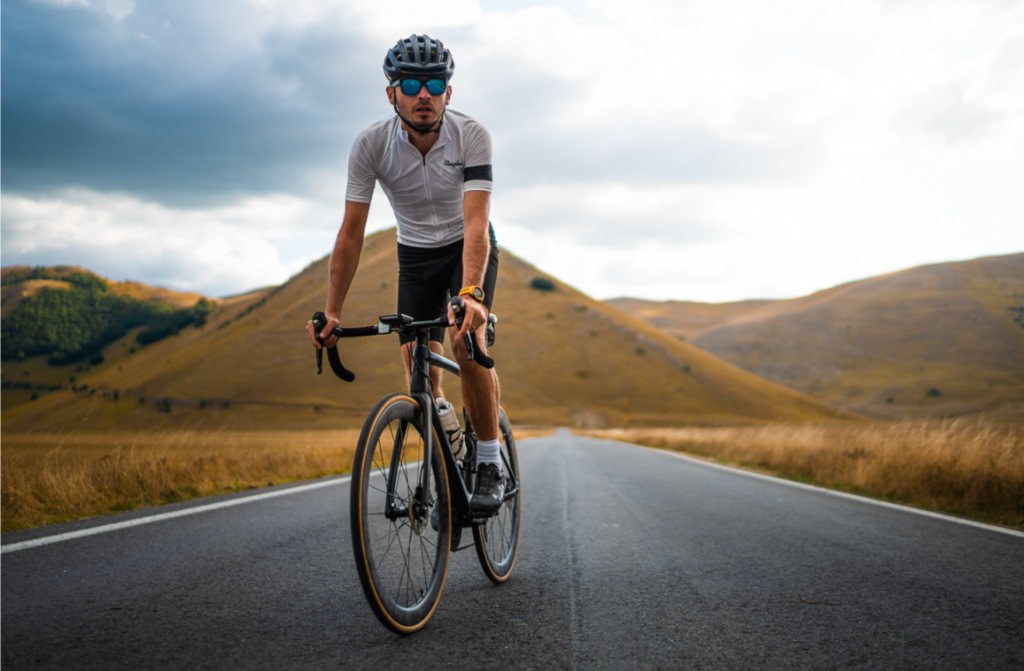Biking is an increasingly popular mode of transportation and a fantastic form of exercise. Whether you’re commuting to work, heading to school, or just enjoying a leisurely ride, knowing how long it takes to bike 6 miles – the average distance to many destinations in the United States – is incredibly useful. This distance, however, is not a one-size-fits-all scenario. Several factors, including your fitness level, the type of bike you use, and the terrain, play a super important role in determining your travel time. On average, a moderate pace can get you through 6 miles in about 30-45 minutes.
In this detailed guide, we will explore the various factors that impact how long it takes to bike 6 miles. From understanding the influence of your physical condition to the type of bike and the terrain, we will provide a comprehensive overview, including some handy tips to help you speed up your biking journey.
Factors that Affect Your Biking Speed
- Your Fitness Level:
- Understanding Physical Fitness and Biking: Your physical condition significantly impacts your biking speed. A well-conditioned body can handle longer distances at a faster pace with less fatigue. Regular exercise, cardiovascular health, and muscle strength play a super important role in improving your biking efficiency.
- Training and Endurance: Building endurance through consistent biking or cross-training can improve your stamina, allowing you to maintain a faster pace for longer durations. Consider incorporating exercises that strengthen your core and leg muscles, as these are super important for biking.
- The Type of Bike You’re Riding:
- Road Bikes vs. Mountain Bikes: The design of your bike affects your speed. Road bikes, built for speed and efficiency on pavement, have lightweight frames and thin tires, making them the ideal choice for faster travel on roads. On the other hand, mountain bikes, designed for off-road terrain, have heavier frames and wider tires, which reduce speed but increase stability and durability on rugged paths.
- Bike Maintenance and Efficiency: Regular maintenance of your bike also plays a part. Ensuring that your bike is in top condition, with proper tire pressure and well-lubricated chains, can make a noticeable difference in your biking speed.
- The Terrain You’re Riding On:
- Impact of Uphill and Downhill Riding: Riding uphill naturally slows you down, as it requires more effort and energy. Conversely, downhill riding allows for increased speed with less effort. The steeper the slope, the more pronounced the effect.
- Road Surface and Its Effects: The surface you ride on also influences your speed. Smooth, paved surfaces offer less resistance compared to uneven, off-road trails. Therefore, you can expect faster speeds on paved roads.
- Weather Conditions:
- Wind and Its Influence: Headwinds can significantly slow you down, while tailwinds can boost your speed. Understanding wind patterns and planning your route accordingly can help in optimizing your biking time.
- Temperature and Riding: Extreme temperatures, either hot or cold, can affect your biking performance. Cold weather can stiffen muscles, while very hot weather can lead to quicker fatigue. Dressing appropriately and staying hydrated is key in these conditions.
- Traffic and Urban Navigation:
- Navigating Through Traffic: In urban areas, traffic lights, stop signs, and vehicle traffic can reduce your biking speed. Learning to navigate efficiently through city streets can save time.
- Route Planning: Choosing a route with less traffic and fewer stops can lead to a faster and more enjoyable biking experience.
- Your Riding Style and Habits:
- Pacing and Energy Management: Understanding how to pace yourself and manage your energy effectively can lead to more consistent and faster biking times. Avoid burning out too quickly by starting at a comfortable pace and gradually increasing it.
- Aerodynamics and Positioning: Your body position on the bike can impact your speed due to aerodynamics. A more aerodynamic position can reduce wind resistance and increase speed.
Tips for Biking Faster
If you’re looking to reduce the time it takes to bike 6 miles, there are several strategies you can employ:
- Get in Shape: Improving your overall physical fitness can have a profound effect on your biking speed. Cardiovascular exercises, strength training, and regular biking can all contribute to better performance.
- Choose the Right Bike: Opting for a road bike can significantly increase your speed, especially on paved roads. Road bikes are lighter and have features optimized for speed and efficiency.
- Optimize Your Route: Selecting a route with smooth pavement, less traffic, and minimal stops can make your ride quicker and more efficient. Utilize biking apps or maps to find the most bike-friendly routes.
- Ride with the Wind: Plan your route in a way that you can take advantage of tailwinds. Riding against the wind can slow you down, so check the weather forecast before you head out.
- Adapt to Weather Conditions: In colder weather, ensure you’re dressed warmly to prevent muscle stiffness. In warmer conditions, staying hydrated and wearing appropriate clothing can help maintain your energy levels.
- Bike Maintenance: Regular maintenance of your bike is super important. Keep your bike in top shape with proper tire inflation, regular lubrication, and timely repairs to ensure optimal performance.
How Long Does it Take to Bike 6 Miles for Different Types of Riders
Biking 6 miles can vary greatly in time depending on the rider’s experience and fitness level. Here’s a general estimate:
- Beginner Riders: For those new to biking, or with lower fitness levels, biking 6 miles might take approximately 45-60 minutes. Beginners may need to ride at a slower pace to maintain stamina and ensure safety.
- Intermediate Riders: Intermediate riders, who bike regularly or have a moderate level of fitness, can typically cover 6 miles in about 30-45 minutes. These riders are more accustomed to longer distances and can maintain a steady pace.
- Advanced Riders: Advanced riders, often those who bike frequently and have a high level of fitness, can complete 6 miles in about 20-30 minutes. Their experience allows them to maintain a faster pace and efficiently handle various terrains.
Conclusion
The time it takes to bike 6 miles varies based on several factors, including your fitness level, the type of bike you’re using, the terrain, and weather conditions. While the average time for a moderate pace is around 30-45 minutes, this can vary widely. By focusing on your fitness, choosing the right equipment, and being mindful of your route and riding techniques, you can improve your biking speed and efficiency. Remember, biking is not just about reaching your destination; it’s also about enjoying the journey. So, gear up, stay safe, and enjoy your ride!
For more insights and biking super importants, don’t forget to visit our homepage at Refried Cycles.









